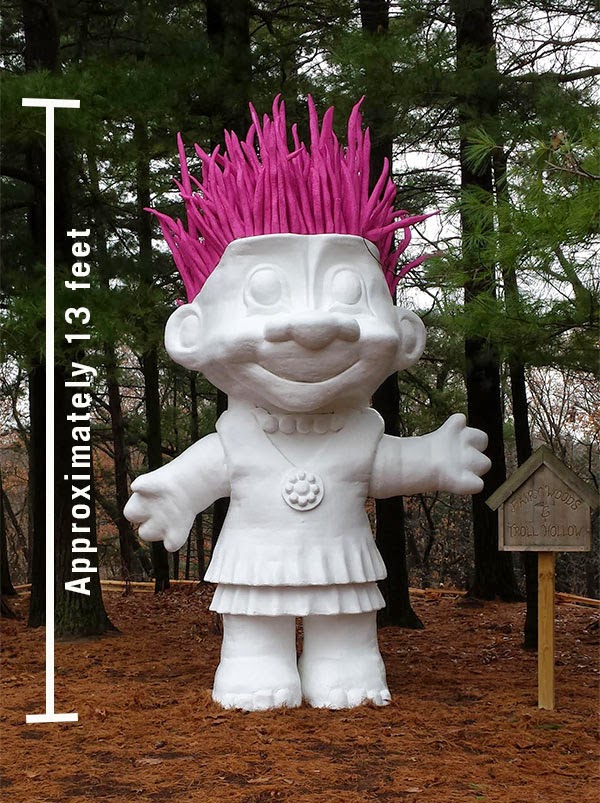Matthaei
Botanical Gardens & Nichols Arboretum is one step closer to putting the
finishing touches on its new Bonsai and Penjing Garden, thanks to a $13,500
award from the Stanley Smith Horticultural Trust. The award paves the way for
completion of a horticultural studio space in the garden, which opened in 2013.
The money will be used to purchase key elements for better functionality, convenience,
comfort, and beauty, including wheeled carts, studio tables, enhanced lighting,
water runoff technology, tools, and other supplies.
The
Stanley Smith Horticultural Trust's commitment to public horticulture education
dovetails perfectly with the purpose of the Bonsai and Penjing Garden horticultural
studio at Matthaei Botanical Gardens, says Matthaei-Nichols director Bob Grese.
Only a few public gardens include bonsai and penjing collections, “and the
opportunity for this kind of interactive horticulture education, even at the
culture-rich University of Michigan, is rare.”
 |
| A panoramic view of the central pavilion just days before the Bonsai Garden opened in 2013. |
Beyond
the beauty of the plants and garden themselves, education is key, Grese explains.
Bonsai and penjing are quintessential ornamental horticultural specimens that
the public enjoys but might not always understand, he says. “By integrating the
work area into the public garden we can enrich our visitors’ understanding ofdisplay standards and the effort and care bonsai require to reach exceptional
levels of ornamental quality.” The final construction elements will expand the
public workspace and make the space more convenient, comfortable and secure so
that staff and volunteers can focus on training the best plants for ornamental
excellence, he adds. “The studio, together with the new garden space, will
truly open a window into the art of bonsai and penjing.”
Matthaei-Nichols
has nurtured a growing collection of trees for over 35 years. The collection
began in 1977 with a gift of core specimens from the estate of Dr. Maurice
Seevers, a former director of the University of Michigan Department of
Pharmacology and an ardent bonsai lover. Since then the collection has grown to
more than 70 trees and includes plants from regionally and internationally
recognized bonsai artists Melvin Goldstein, William Heston, Jack Sustic, Howard
Wright, and Jack Wikle. Visiting bonsai masters have also worked on the trees.
The
Bonsai and Penjing Garden offers a unique opportunity to experience the sense
of beauty, inner peace, and reverence for nature that often accompany these
miniature forms of trees. Until the garden was completed in 2013, however, only
three of the trees in the collection were on display at any one time in a
special space inside the temperate house of the Matthaei Botanical Gardens
conservatory. The majority of the collection lived behind the scenes, with no
space available for its public display. The new outdoor garden greatly expands the
viewing and educational training area and provides a restful setting for the
public to enjoy as many as 18 specimens representing several leading Midwestern
and internationally-recognized bonsai artists.
 |
| A summer view of the central pavilion and studio in the Bonsai and Penjing Garden at Matthaei. |
The
Bonsai & Penjing Garden was financed completely through private donations.
Matthaei Botanical Gardens & Nichols Arboretum has launched a campaign to
build an endowment to fund ongoing care for the trees in the collection. The
endowment is currently at approximately $190,000—nearly 25% of the goal of
$800,000. Donations to the endowment are always welcome. For more information
contact the Matthaei-Nichols director of development Gayle Steiner (734-647-7847;
gayles@umich.edu) or visit the
Matthaei-Nichols website (mbgna.umich.edu) and click on “Give/Major Gift
Priorities.



